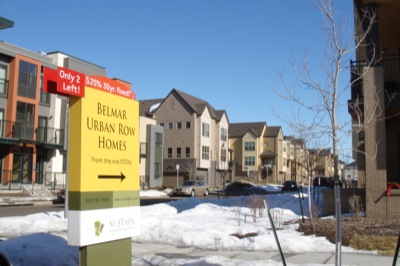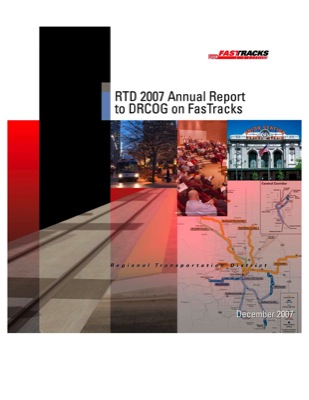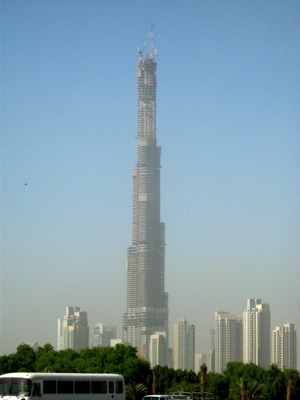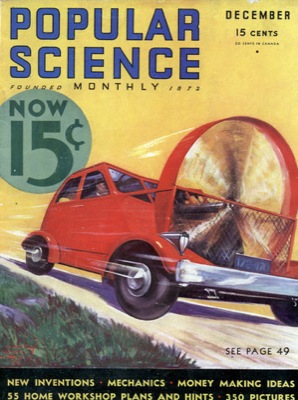Last week, the Twin Cities’ Metropolitan Council approved a new light-rail line between downtown Minneapolis and downtown St. Paul. As approved, the 11-mile line will cost $909 million, or more than $82 million per mile.
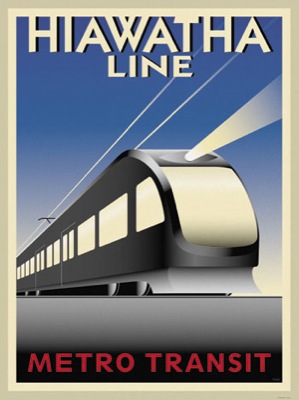
Socialist light-railism in Minneapolis.
The Met Council’s original proposal, which was projected to cost $990 million, was rejected two years ago by the Federal Transit Administration. Under cost-effectiveness criteria that the FTA established in 2005, any project that cost $24 or more “per hour of transportation system user benefits” would be ineligible for federal funding. The $990 million Central Corridor line was projected to cost $26.05 per hour; cutting the cost to $909 million would improve this to a mere $23.80 per hour.


